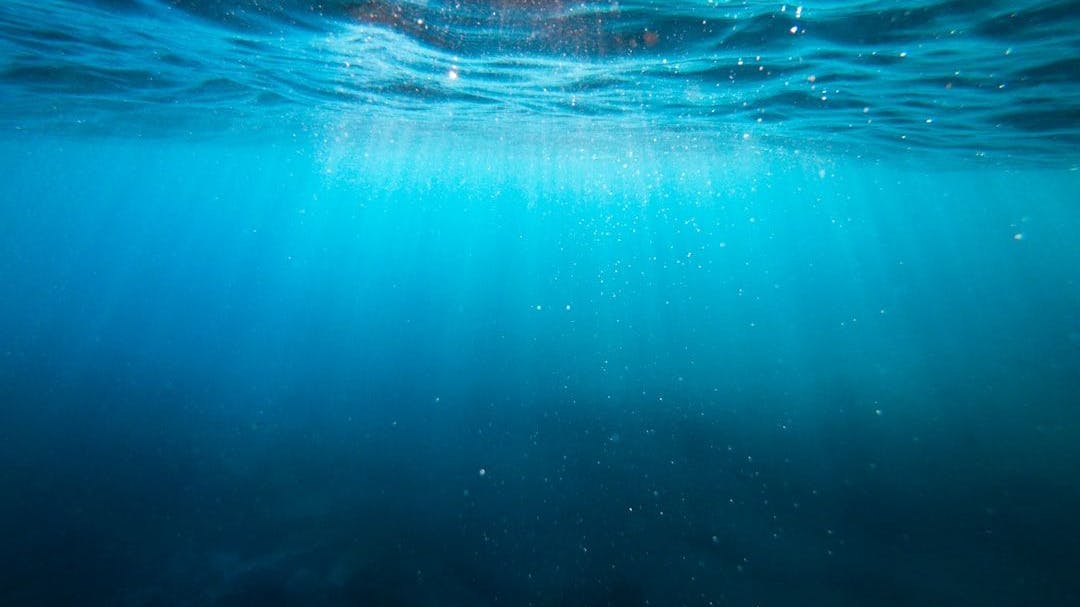1,118 reads
Real-Time Anomaly Detection in Underwater Gliders: Experimental Evaluation
by
May 22nd, 2024
Audio Presented by

From the abyssal plain to zooplankton, we cover the best academic & internet content ever about the study of the ocean.
Story's Credibility

About Author
From the abyssal plain to zooplankton, we cover the best academic & internet content ever about the study of the ocean.
